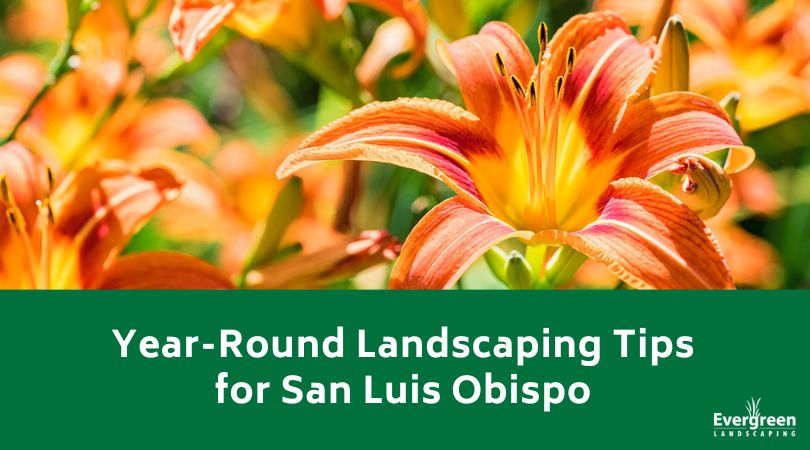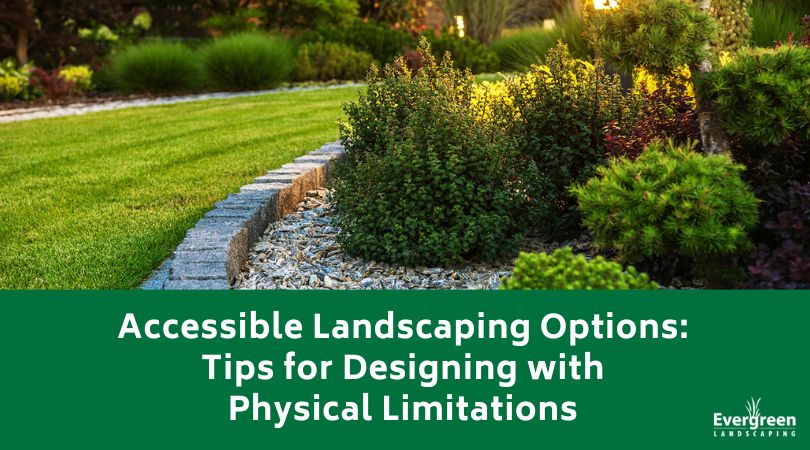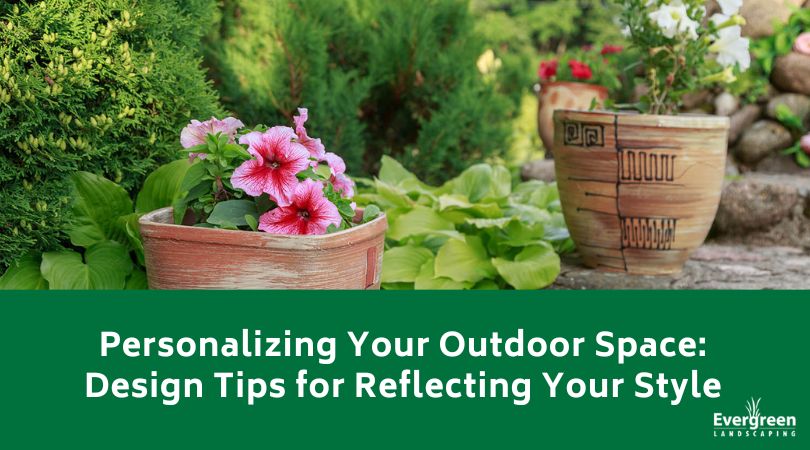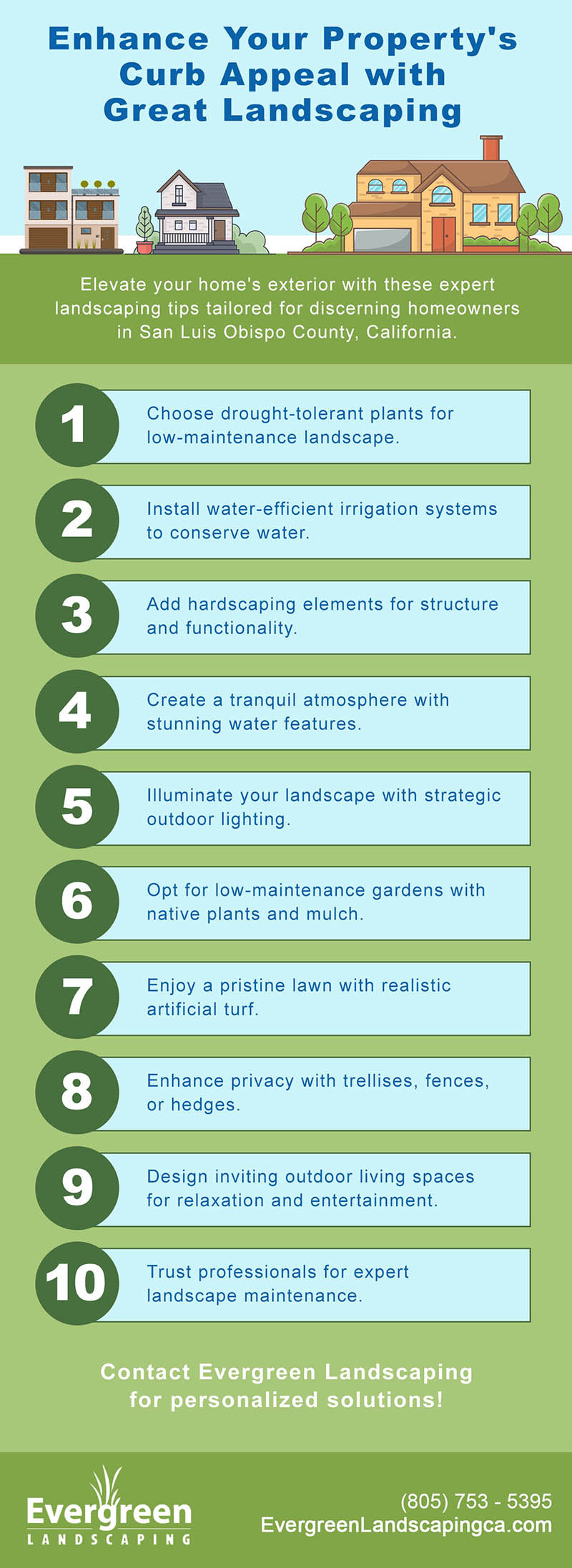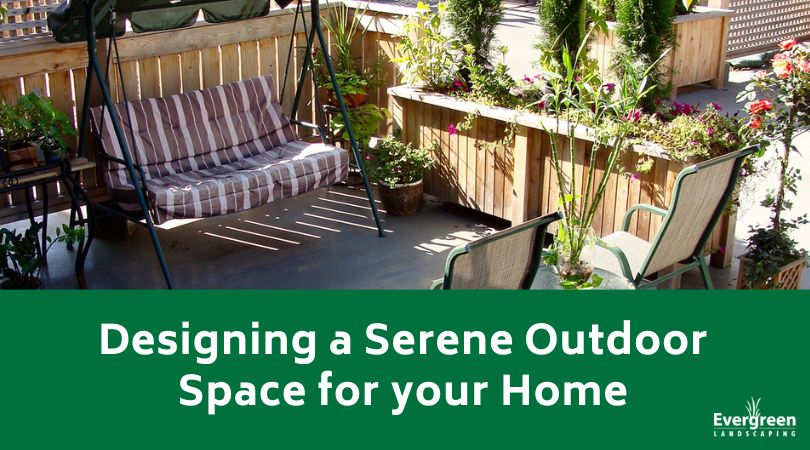How to Find Reliable Landscaping Companies in San Luis Obispo
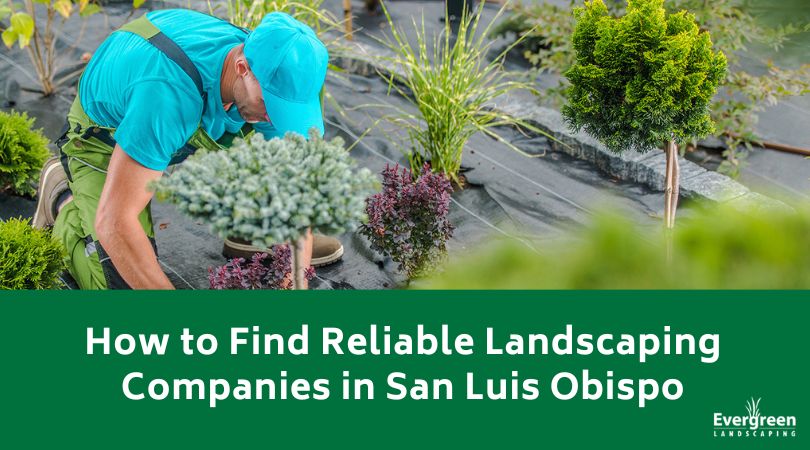
Homeowners in San Luis Obispo often face the daunting challenge of finding a trustworthy landscaping service. With numerous options available, the process of choosing the right provider can be overwhelming and stressful.
Miscommunication about needs and budget constraints, among other issues, can lead to unmet expectations. Additionally, unreliable services might deliver subpar results, causing frustration and disappointment among homeowners.
In this blog, we offer a clear roadmap to finding great landscaping companies in San Luis Obispo. By defining your needs, asking the right questions, and recognizing warning signs, you can confidently select a landscaping service that aligns with your vision. Armed with this knowledge, you’ll transform your outdoor space easily.
Defining Your Needs
Embarking on the journey to find the perfect landscaping service starts with a clear understanding of your own needs and expectations.
Take a stroll through your backyard and think about what you want to achieve. Is it a lush, green lawn, a vibrant flower garden, or perhaps a serene patio space for outdoor gatherings? Define your landscaping needs clearly, outlining what areas of your outdoor space require attention and enhancement.
Harnessing the Power of Reviews and Testimonials
Online reviews and testimonials are your window into the experiences of past clients. Read what others have to say. Their satisfaction (or dissatisfaction) can provide valuable insights into the professionalism, reliability, and quality of service offered by the landscaping company.
Checking for Certifications, Licenses, and Insurance
A reputable landscaping service will have the necessary certifications and licenses to operate legally. Check for certifications from landscaping organizations, as they signify a commitment to industry standards. Additionally, ensure the company is adequately insured. Insurance coverage protects both you and the company in case of unforeseen circumstances.
Communication and Responsiveness
Effective communication is the backbone of any successful project. Assess their communication skills and responsiveness. Are they prompt in answering emails and calls? Do they seem genuinely interested in understanding your ideas and concerns?
Addressing Concerns and Queries
Pose hypothetical concerns or questions related to your project during the interview. Their willingness to address these demonstrates their problem-solving skills and client-focused approach. A company that actively engages with your concerns is more likely to offer a seamless experience.
Expertise in Sustainable Landscaping
If eco-friendly solutions are a priority for you, inquire about their expertise in sustainable landscaping practices. Ask about their use of native plants, water-efficient irrigation systems, and environmentally conscious materials. A landscaping service well-versed in sustainability can align your vision with eco-friendly practices.
A reliable landscaping partner not only possesses the right skills and expertise but also understands your vision and communicates effectively.
Recognizing Red Flags
As you navigate the landscape of potential landscaping services, it’s crucial to keep a keen eye out for red flags. These warning signs can help you steer clear of unreliable or unprofessional providers, ensuring a smooth and satisfying experience.
Inconsistent Communication
One of the first red flags is inconsistent communication. If a landscaping service is slow to respond to your queries or frequently misses appointments, it might indicate a lack of reliability and commitment.
Vague or Evasive Answers
Pay attention to the answers provided during your discussions. Vague or evasive responses to your questions could suggest a lack of transparency or expertise. A professional service should be open, clear, and confident in their explanations.
Reluctance to Provide References
Reliable landscaping services take pride in their work and are happy to provide references from satisfied clients. If a provider hesitates or refuses to share references, it raises questions about their track record and client satisfaction.
Lack of Licensing or Insurance
Always verify the licensing and insurance of the landscaping service. Proper licensing ensures the company operates legally, while insurance protects both you and the workers in case of accidents or damages during the project.
Negative Reviews and Complaints
Check online reviews and testimonials. Negative feedback from previous clients or unresolved complaints should raise serious concerns. Pay attention to patterns in the feedback, especially if multiple clients express similar issues.
By recognizing these red flags, you’re equipped to make informed decisions, ensuring your landscaping journey is smooth, stress-free, and ultimately rewarding. Your outdoor space deserves the best, and by staying vigilant, you’re ensuring that your investment results in a garden that truly reflects your vision and enhances the beauty of your home.
As you embark on your landscaping journey, remember the keys to success we’ve explored: diligent research, a sharp eye for red flags, and a preference for professionalism and transparent communication. Armed with this knowledge, you’re not just choosing a service; you’re nurturing the future of your home. Your backyard is a masterpiece waiting to happen, and the right professionals will bring your vision to life effortlessly. For an incredible experience, reach out to Evergreen Landscaping. We understand the artistry of landscaping and are here to transform your dreams into a lush reality. Let’s craft your outdoor masterpiece together!


